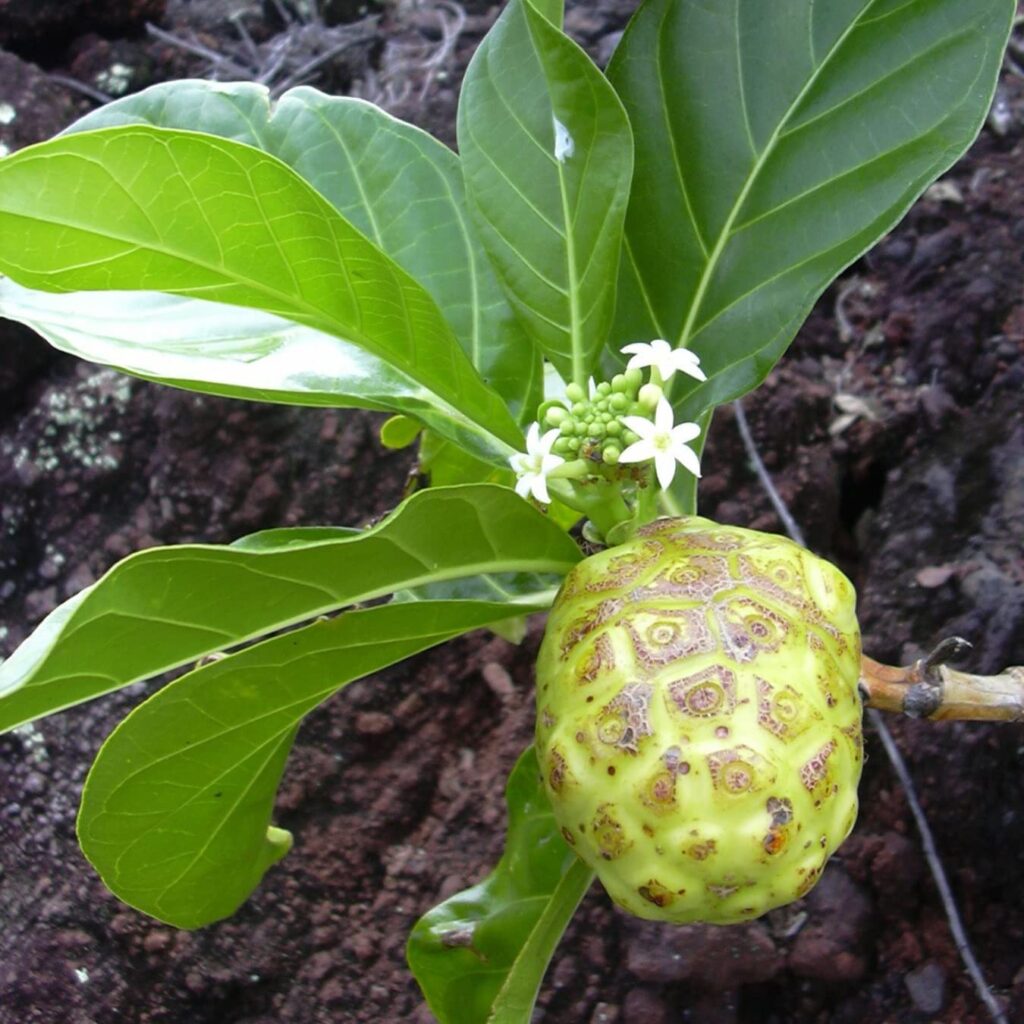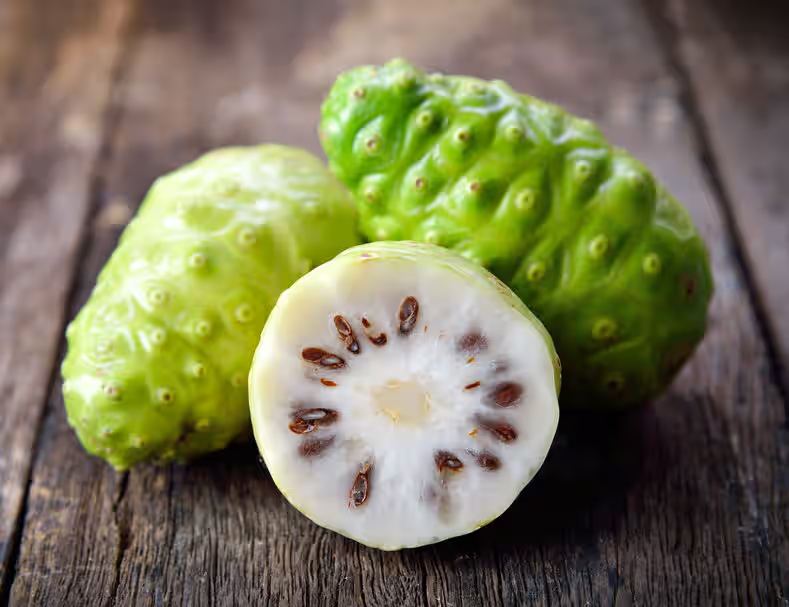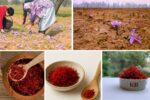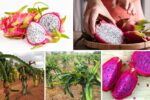The hog apple, known scientifically as Spondias mombin, is a tropical fruit tree native to the Americas and widely appreciated in regions such as the Caribbean, Central America, and parts of Africa and Southeast Asia. Often called yellow mombin, hog plum, or ambarella in different locales, this small, tangy fruit grows in clusters on tall, deciduous trees and has long been prized for its culinary, medicinal, and nutritional value.
In this article, we’ll explore the intriguing history, uses, health benefits, and ultimately answer the central question: Which country is the largest hog apple producer in the world?
What Is Hog Apple?

Hog apple is a tropical drupe fruit belonging to the Anacardiaceae family, which also includes mangoes, cashews, and pistachios. The fruits are small to medium-sized, typically ovoid or oval, turning yellow or golden-orange when ripe. They have a tart, juicy pulp surrounding a fibrous seed, and are enjoyed raw, in preserves, juices, or traditional dishes.
Hog apple trees are fast-growing, capable of reaching heights of 20 meters, and thrive in warm, humid tropical climates. The fruiting season varies by region, but in the Americas, it generally occurs between March and July.
Historical and Cultural Significance
Native to the tropical Americas, particularly Mexico, Central America, and northern South America, hog apple spread to the Caribbean and West Africa through colonial trade routes. The fruit became embedded in local diets and folk medicine practices, valued for its refreshing taste and therapeutic properties.
Today, hog apple continues to hold cultural importance in countries like Jamaica, Trinidad and Tobago, Nigeria, Ghana, and India (where it’s known as ambarella).
The Largest Hog Apple Producer in the World: Brazil

Brazil is the largest producer of hog apple (Spondias mombin) in the world.
Why Brazil Leads in Hog Apple Production
1. Native Habitat and Ideal Climate: Hog apple is native to Brazil’s Amazon Basin and other tropical regions of the country. Brazil’s extensive humid tropical zones, especially in the North, Northeast, and Central-West regions, provide perfect growing conditions for hog apple trees.
2. Widespread Natural Growth: While many countries cultivate hog apple on a small scale, Brazil benefits from vast areas of wild-growing trees alongside organized orchards.
3. Culinary and Medicinal Usage: In Brazil, hog apple is widely consumed as a refreshing snack, in local drinks, preserves, pickles, and fermented beverages. Its medicinal applications include remedies for digestive issues, fever reduction, and treating inflammation.
4. Integration in Agroforestry Systems: Brazil integrates hog apple trees into agroforestry and reforestation projects, boosting its abundance and making it a significant non-timber forest product.
Other Major Hog Apple Producing Countries
While Brazil leads the way, several other countries contribute to global hog apple production:
Mexico and Central America: The fruit remains popular in its native regions, especially in Mexico, Guatemala, and Honduras, where it’s used in traditional beverages and preserves.
Caribbean Nations: Jamaica, Trinidad and Tobago, and Barbados have a rich tradition of using hog apple in chutneys, pickles, and street-side snacks.
West Africa: In Nigeria and Ghana, hog apple (often called iyeye or asaa) is widely consumed raw or in local dishes.
India and Sri Lanka: Introduced through colonial trade, hog apple (ambarella) is cultivated in southern India, Kerala, and Sri Lanka, popular in pickles, chutneys, and curries.
Despite this global presence, none match Brazil’s scale of production, wild abundance, and integration into local economies.
Nutritional and Health Benefits of Hog Apple

Hog apple offers an impressive array of nutrients and health benefits:
- Rich in Vitamin C: Strengthens immunity and promotes healthy skin.
- Good Source of Fiber: Supports digestive health.
- Contains Antioxidants: Helps fight free radicals and inflammation.
- Supports Hydration: High water content makes it a great tropical refreshment.
- Traditional Medicinal Uses: Utilized for fever reduction, digestive aid, sore throats, and anti-inflammatory treatments.
The bark, leaves, and roots are also used in traditional herbal remedies.
Culinary Uses of Hog Apple
Hog apple’s tart-sweet flavor makes it a versatile ingredient:
- Fresh Consumption: Enjoyed raw with salt, chili powder, or sugar.
- Pickles and Chutneys: Common in Caribbean and South Asian cuisines.
- Juices and Beverages: Made into refreshing drinks or fermented into alcoholic beverages.
- Preserves and Jams: Its tangy flavor pairs well with spices.
- Curries and Soups: Used in savory dishes in India and Sri Lanka.
Economic Importance in Brazil

Hog apple holds notable economic value in Brazil:
- Non-Timber Forest Product: Collected sustainably from wild trees, supporting rural and indigenous communities.
- Local Markets: Sold fresh, as preserves, or in drinks at local markets.
- Agroforestry Integration: Cultivated alongside other crops for environmental and economic benefits.
- Traditional Medicine: Sold in herbal markets and pharmacies.
Challenges in Hog Apple Production
Despite its popularity, hog apple production faces several challenges:
- Short Shelf Life: The fruit spoils quickly, limiting export potential.
- Seasonal Availability: A narrow harvest window requires efficient collection and distribution.
- Limited Commercial Cultivation: Most production remains informal or wild-collected.
- Underdeveloped International Markets: Global demand exists primarily in diaspora communities and niche markets.
Future Prospects for Global Markets

There’s growing international interest in exotic fruits like hog apple for their unique flavors and health benefits. Brazil and other producing countries could expand their market by:
- Developing Value-Added Products: Such as juices, jams, chutneys, and herbal supplements.
- Enhancing Processing Techniques: To extend shelf life and improve export potential.
- Promoting Culinary Tourism: Highlighting traditional uses of hog apple in regional dishes.
- Integrating Sustainable Harvesting: Ensuring wild populations remain abundant and ecosystems preserved.
Conclusion
Brazil’s extensive tropical forests, rich culinary heritage, and widespread natural abundance have firmly established it as the largest producer of hog apple (Spondias mombin) in the world. From Amazonian markets to traditional recipes, the fruit holds cultural, medicinal, and economic significance.
While countries like Mexico, Jamaica, Nigeria, and India cherish hog apple in their local cuisines, none rival Brazil’s scale of production or ecological integration. As global demand for nutrient-rich, exotic fruits rises, hog apple’s unique tart flavor and health-promoting properties position it for broader recognition.
Through sustainable harvesting, value-added products, and cultural promotion, hog apple could soon move from rural markets to international gourmet and health food shelves, carrying forward a tradition rooted in tropical abundance and resilience.





